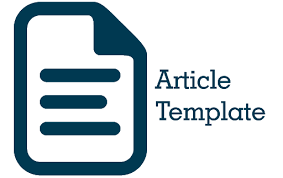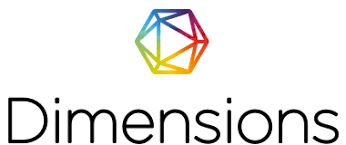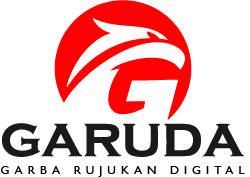Author Guidelines
Utilization of Sago Liquid Waste Organic Fertilizer as a Culture Medium for Chlorella sp.
(Arial Narrow 14)
Mega Novia Putri1*, Irwan Effendi1, Elisa Apriliani1, Ronal Kurniawan1 (12)
1Department of Marine Science, Faculty of Fisheries and Marine, Riau University
Bina Widya KM Campus. 12.5, Simpang Baru, Kec. Bina Widya, Pekanbaru, Riau 28293 (11)
Corresponding Author:meganoviaputri15@gmail.com(11)
Abstract
Abstract writing using Times New Roman 11pt font, single spaced. Abstract is written in one paragraph and no more than 250 words. The abstract is written in English briefly and contains a description of the research problem and objectives, time and place, methods used, and research results. Abstract followed by keywords that contain basic ideas or concepts that represent the field being discussed/researched. Keywords consist of 3-5 words. Article length ranges from 10-15 pages including references and typed 1 space in A4 format.
Keywords: 3 -5 keywords separated by commas.
INTRODUCTION (14, UPPERCASE)
The introductory section is written in Times New Roman font, single line spacing, and font size 12. Page margins are formed as in this template and spaced 1. This section contains research problems, research solution plans, research objectives. Outline the things that interest the reader and provide context for the issues discussed, state the issues discussed and the purpose of the discussion. The cited literature must be in accordance with the research subject, presented clearly in the introduction section. The citation style is as follows: The problem that is often faced by farmers is the high mortality rate in the larval phase (Rosyadi et al., 2019). According to Canelli et al. (2020), Chlorella sp. contains carbohydrates ranging from 8.5-20.4%, protein 59.6-65.6%, fatty acids 8.4-11.2%.
RESEARCH METHODS
Subchapter(12)
The research methods include time and place, materials and tools, methods used, parameters used, and data analysis. The methods that have been used should be stated clearly and subtitles used where necessary.
RESULTS AND DISCUSSION
Subchapter(12)
This section presents the research results. Research results can be accompanied by tables, graphs (images), and/or charts. The discussion section explains the results of data processing, interprets findings logically, links them to relevant reference sources. Each table or figure is given a sequential number, title, which corresponds to the contents of the table and figure, and the source of the quotation if any. Citation sources are written below the figure or table, Times New Roman font size 12. Table titles are written above the table and figure titles are written below the figure. Tables or figures must be placed in the body text and meet the standards for printing.
CONCLUSIONS AND RECOMMENDATIONS
Presenting research conclusions and suggestions that refer to research results.
BIBLIOGRAPHY
Contains the sources referred to in writing the article, only the sources used are included in the bibliography. References can come from books, journals or seminar proceedings and the website. Writing bibliography using reference management application programs such as: Mendeley, EndNote, or Zotero, and so on, which is written into 1 column of writing.
Book
Author 1, Author 2 etc. (Last name, first name). Year of publication. Book title in italics. Edition, Publisher. Place of Publication.
O'Brien, J.A. and. JM Maracas. 2011. Management Information Systems. Issue 10. McGraw-Hill. New York-USA.
Journal
Author 1, Author 2 and so on, (last name, first name). Year of publication. Article title. Journal Name Italic. Vol. Number. Page Range.
Buwono, NR, Mahmudi, M., Sabtaningsih, SO, Lusiana, E., 2019. Analysis of Natural Feed Digestion in Koi Fish Larvae. The Indonesian Green Technology Journal, 8(1): 11-16.https://doi.org/10.21776/ub.igtj.2019.008.01.03
Seminar Proceedings:
Author 1, Author 2 etc. (last name, first name abbreviated). Year of publication. Article title. City, State: Journal Name. XX-XX p.
Musa, P. (2012). Mangrove leaf phytoimmunostimulant in freshwater tialpia. In International Conference on Fish and Immunology. Pekanbaru, Indonesia: Department of Marine Science, University of Riau. 25–30 pp.
Dissertation/thesis:
Author (last name, first name abbreviated). Year of publication. Title. Thesis, Thesis, or Dissertation. University.
Effendi, I. (2004). Survival of Aeromonas salmonicida in Marine Ecosystems. PhD thesis. Heriot-Watt University, UK.







